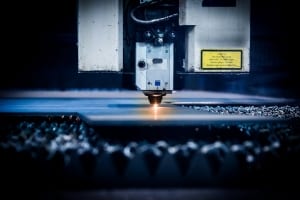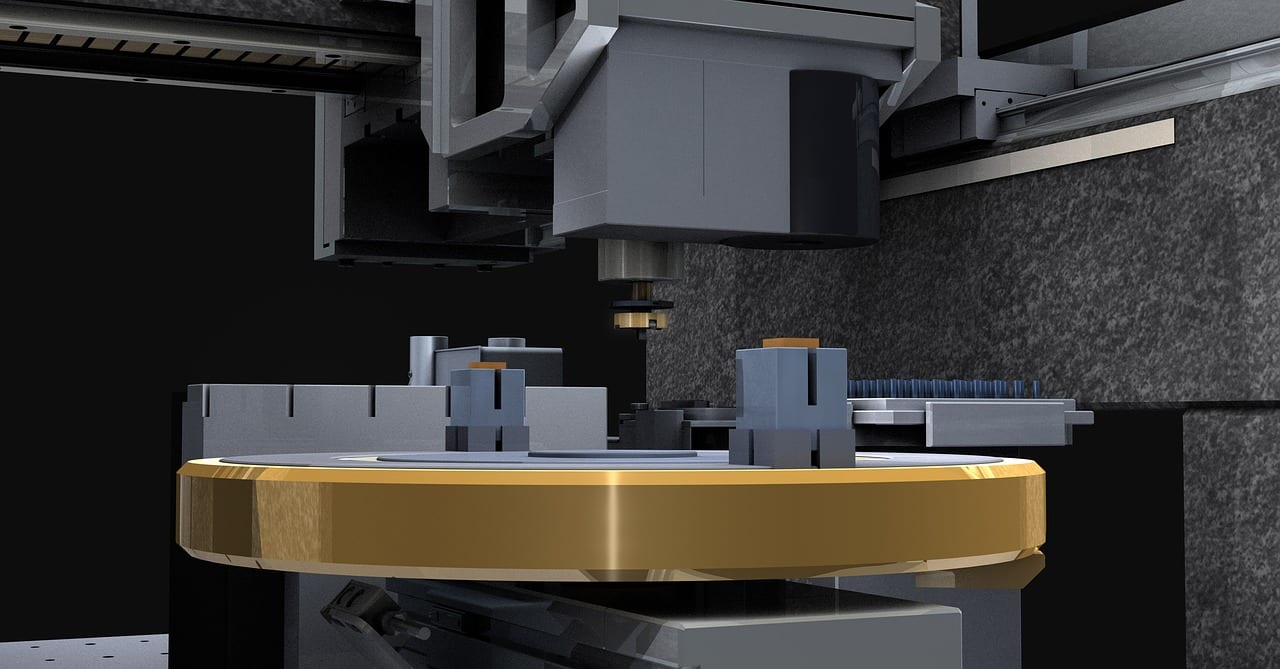Startup Marketing: Three Ways to Efficiently Market Your Start-Up Company

However, digital start-up companies can’t afford to spend as much as most companies because they usually start with high expenses. But if you want your company off the ground faster than most, you’ll have to spend on marketing, as it is the only way you can increase your clientele. It might be scary to spend thousands of dollars on marketing when you’re just starting. Still, it’s the best way to grow your business, especially during this pandemic. The good thing is that it doesn’t have to be expensive to get some exposure for your company. Here are some cheap marketing strategies you can promote your digital company.
Word-of-Mouth
We want to get this out of the way, as many established companies out there have forgotten one of the most consistent and essential forms of marketing, and that is through word-of-mouth. This form of marketing has always been with us ever since the beginning and but many have forgotten it through the years.
Essentially, word-of-mouth marketing relies much on serving your current clientele and giving them the best service and deals possible. It’s all about producing a brand that many people will talk about in the future. However, due to its random nature (some clients may receive different treatment), this form of marketing can be quite volatile. But there are some ways you can reduce this randomness. One of which is through newsletters.
Newsletters are an excellent tool for digital companies to develop positive relationships with their clients. They are also a great way to advertise new offerings that some clients are looking out to get. It’s also great for stating the problems that your company might have in the beginning. This transparency can help your consumers understand your company’s current situation. At its core, newsletters are among the cheapest ways to develop your brand with your target audience.
Guerilla Marketing
There are many ways to market your company out there in the world, but most require you to be consistent with your strategies. This means spending thousands of funds on marketing every year until you get enough exposure to pay your expenses. However, if you’re planning to introduce your start-up company into the world in the cheapest way possible, then guerilla marketing is for you.
Guerilla marketing is a type of marketing strategy that relies on shock value. It’s centered on unconventional and creative ideas that can promote your company in a meaningful way. If done right, your company can get massive exposure overnight. To start your guerilla marketing campaign, you’re going to need two things: surveys and illustrative tools.
Surveys are meant to gather as much information as possible in your target audience. You want to know how your audience thinks because you wouldn’t want to do this kind of marketing randomly. It might negatively affect how your target audience views your company. Remember that any marketing that relies on shock value is a double-edged sword. However, by having enough information, you’re mitigating the chances that your campaign would backfire on you.
Next up are illustrative tools. Illustrative tools such as Adobe Illustrator can help you make good guerilla marketing advertisements. They’re great for other physical marketing as well, such that require some finesse, such as laser engraving tools. Illustrator tools can help you create your marketing idea into reality, and without it, you’ll be left out in the dust. If you’re not a trained professional with these tools, it’s always good to spend extra funds in hiring one, as they can make or break your guerilla marketing campaign.
Once you’ve got these two things, it’s time to start your campaign. Remember to lower your budget for this campaign because at least if it fails, you’re not going to spend too much. The main principle in guerilla marketing is to get your advertisements as much exposure as possible. This means you’ll have to post your advertisements on the most visited platforms by your target audience or, when it comes to the physical world, an area with a lot of foot traffic. Your goal here is not to promote your products and services. Your primary goal is to represent your company.
Content Marketing
The last on this list is one of the most reliable and consistent ways to market your digital start-up company. Content marketing relies on creating as much content as possible for your company. This includes images, videos, and blogs. As a start-up company, you’d want to start with something cheap and reliable, and that is blogs.
Having a blog on your website can make a difference in gaining exposure for your company. The best part is that you wouldn’t have to spend too much money on it if you have an in-house writer working for your company. You only need to produce one or two articles per day to gain exposure on the internet, especially on search engine sites such as Google. This is the primary way you can expand your reach and gain many other clients you might otherwise not have if you didn’t do content marketing. After establishing your blog, you can start working on videos and images to promote your company to your target audience further.
Marketing can have serious pain points for every start-up company. However, if you have a goal in mind have enough budget, you can make miracles with your marketing strategy. It only takes a singular creative mind in your company to make the marketing strategies in this list work the best way it can.




